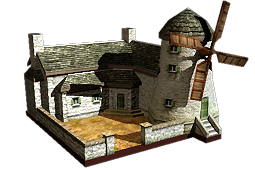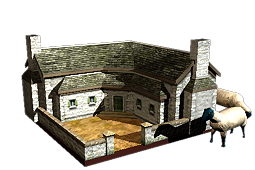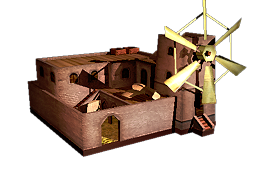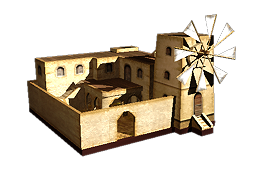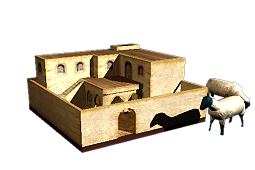Great Estates (ETW building)
| Great Estates | |||||||
|---|---|---|---|---|---|---|---|
| Category: | Farm | ||||||
| Level: | 3 | ||||||
| Turns to build: | 3 | ||||||
| Building cost: | 1000 | ||||||
| |||||||
| Requires | |||||||
| Clearances | |||||||
| Technology | |||||||
| Selective Breeding | |||||||
| Enables | |||||||
| Palatial Estate | |||||||
The largest estates can have a huge acreage turned over to the pleasure of their owners. Pleasure in a carefully manicured nature is secondary to the need to make money!
The largest estates are a statement of wealth, complete with dazzling palace-like grand houses in the latest styles and built without thought to the expense. Landowners and the great nobility vie with each other to produce not just houses, but idealized landscapes around them. Where the terrain is not dramatic enough, it is ruthlessly reorganised to suit the owner’s tastes. In the interests of art and beauty the workers, their homes, and their farms are removed from the land.
Historically, a group of landscape architects in Europe completely remodelled many country estates into idyllically perfect vistas for their clients. They created the fantasy of a natural landscape, improving on what was there to make entirely “artificial” (and this was not a term of disapproval at the time) parkland dotted with romantic ruins and gothic follies. In the process, men like Lancelot “Capability” Brown remade hills, flooded valleys, moved rivers, destroyed entire villages and displaced people without mercy. Many of these amazing houses and gardens still exist today, if only as tourist attractions.
